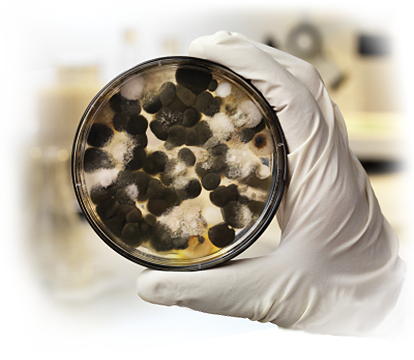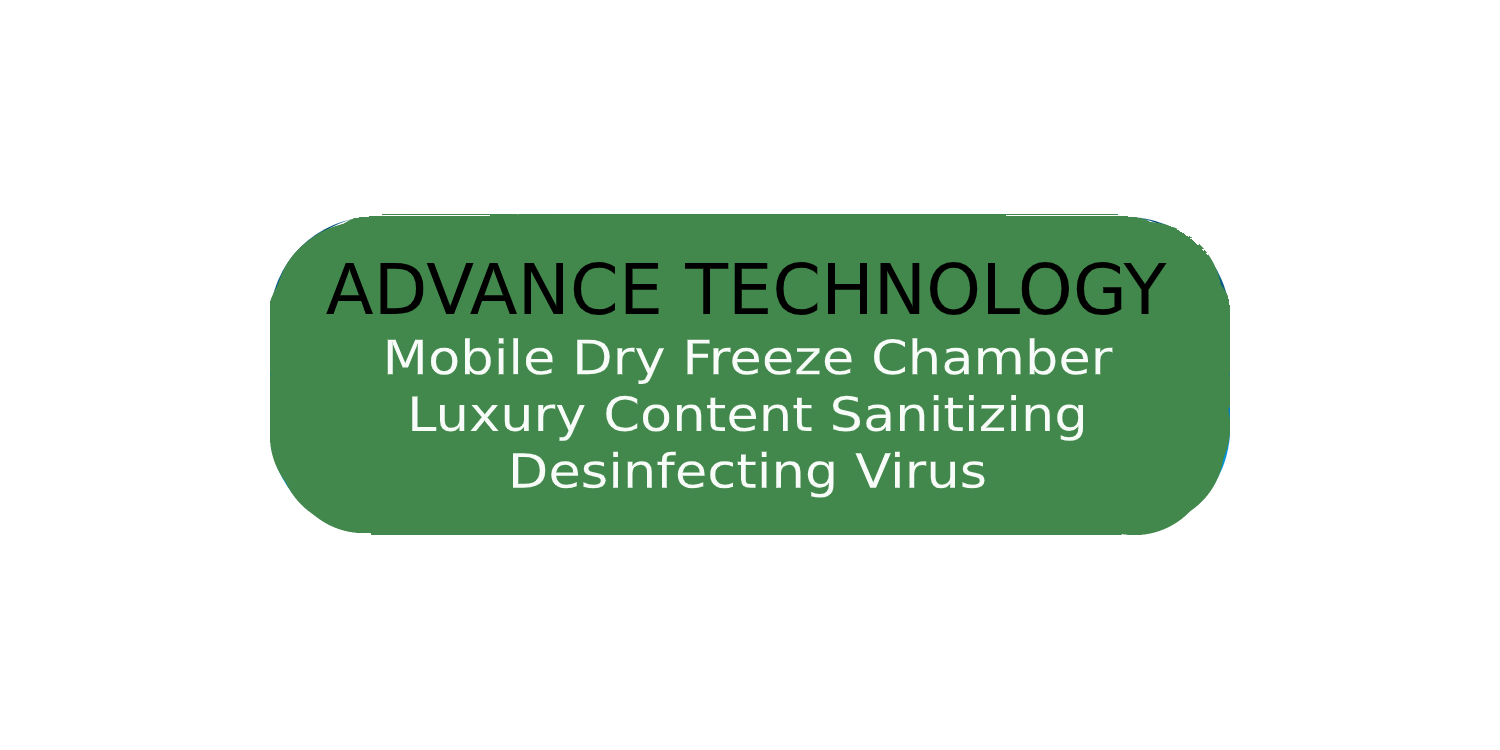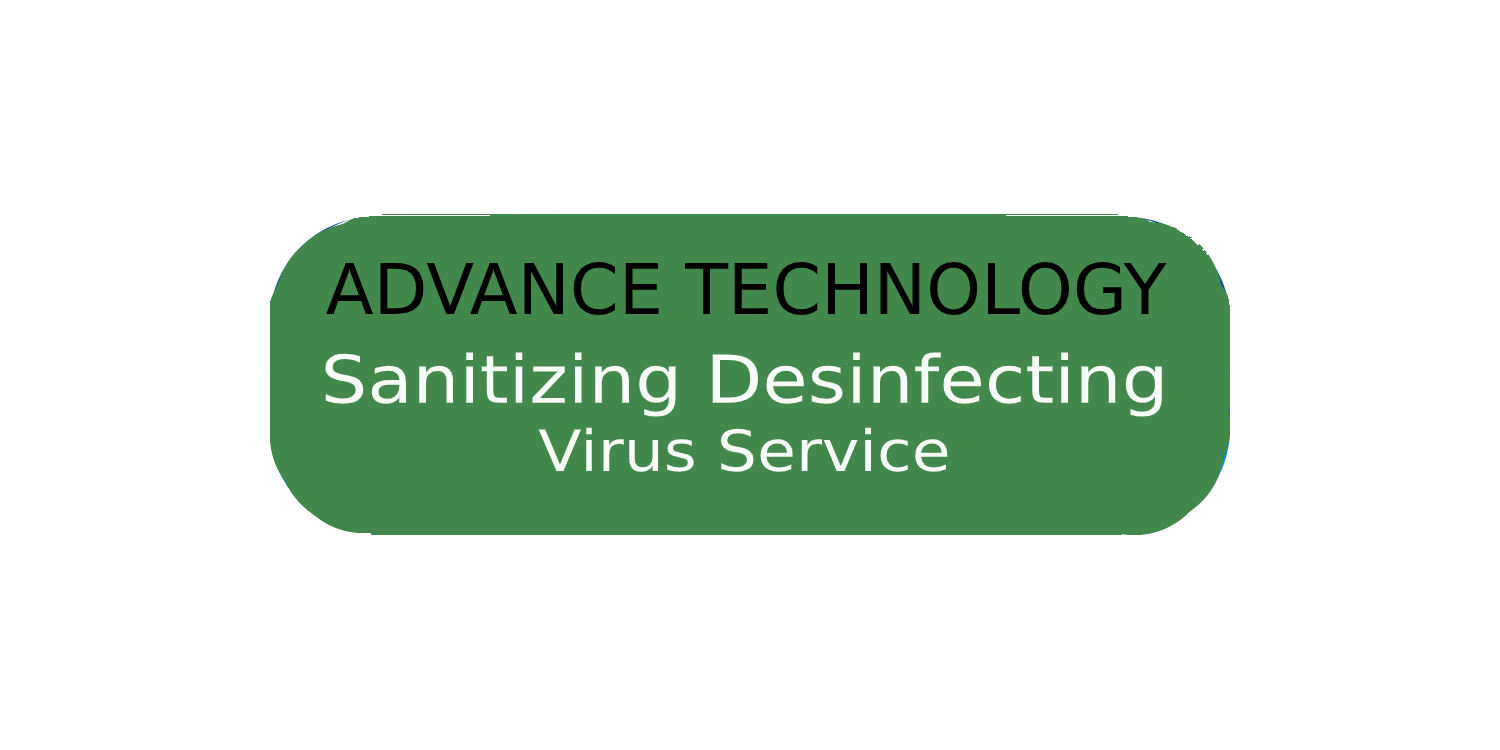MOLD SAMPLING
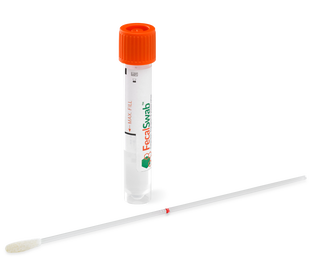
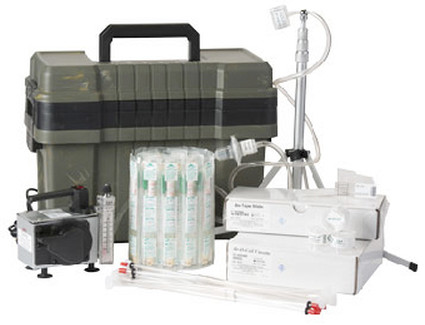
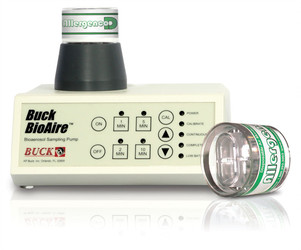
Is Mold Sampling Necessary?
According to the Environmental Protection Agency (EPA): “In most cases, if visible mold growth is present, sampling is unnecessary. Since no EPA or other federal limits have been set for mold or mold spores, sampling cannot be used to check a building’s compliance with federal mold standards. Surface sampling may be useful to determine if an area has been adequately cleaned or remediated. Sampling for mold should be conducted by professionals who have specific experience in designing mold sampling protocols, sampling methods and interpreting results. Sample analysis should follow analytical methods recommended by the American Industrial Hygiene Association (AIHA), the American Conference of Governmental Industrial Hygienists (ACGIH), or other professional organizations.”
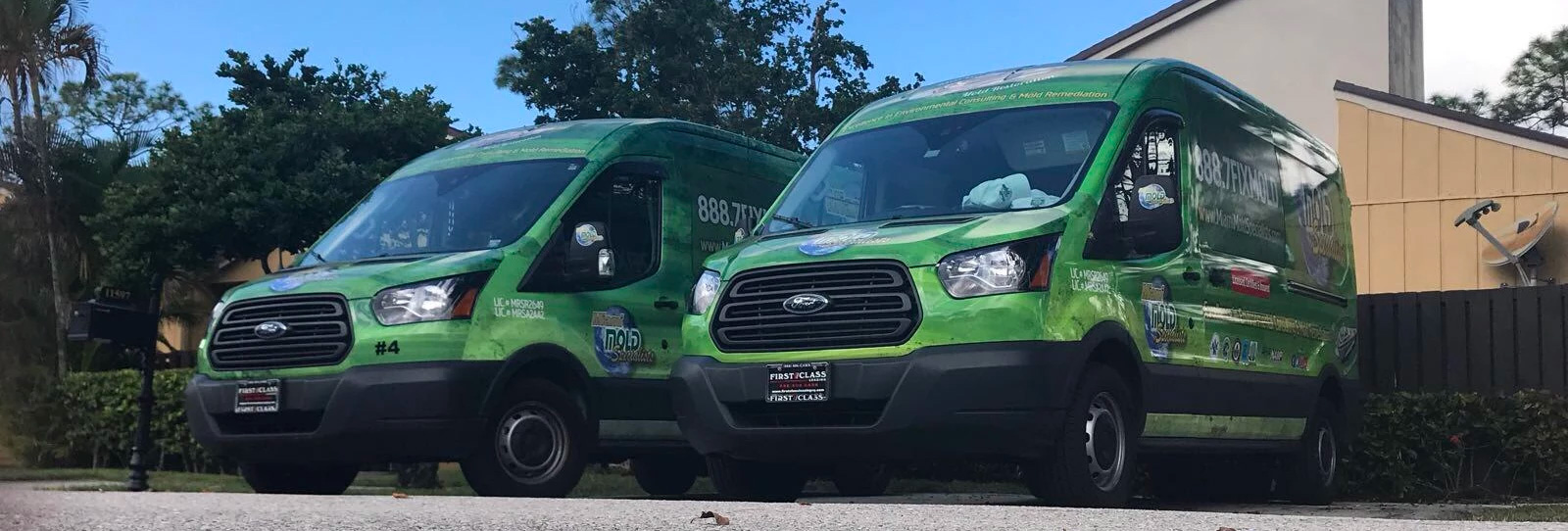
Air Sampling -vs- Swab Sampling
When evidence of visual mold growth is not found while utilizing our state-of-the-art inspection devices, we use our sampling methods to see if mold is present in the air or from a specific surface area with “suspect” mold growth. Air sampling is taken from open areas where there’s high probability of contamination due to elevated moisture and humidity levels and the presence of condensation. Air samples are then sent to a third party laboratory that examines them and finds out the type(s) of mold found in the area where sample was taken from as well as the mold spore count in that area. On the other hand, swab samples are sent to a third party laboratory that will confirm the presence of mold in the surface area where it was taken from as well as the mycelial estimate (whether the mold is actively growing or not). Laboratory results typically take within 1-2 business days to be received and will also include common health symptoms related to the type(s) of mold found.

